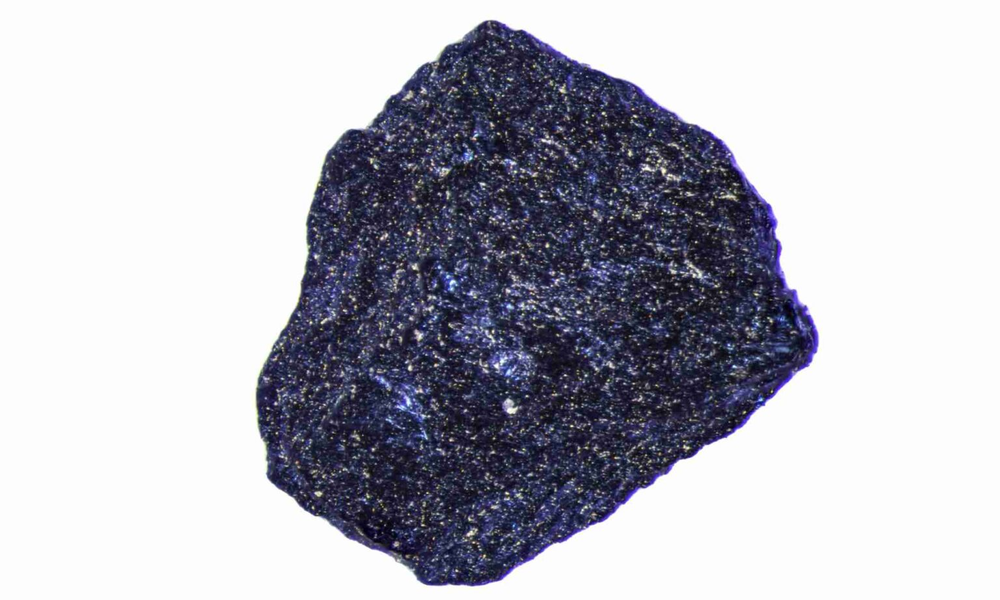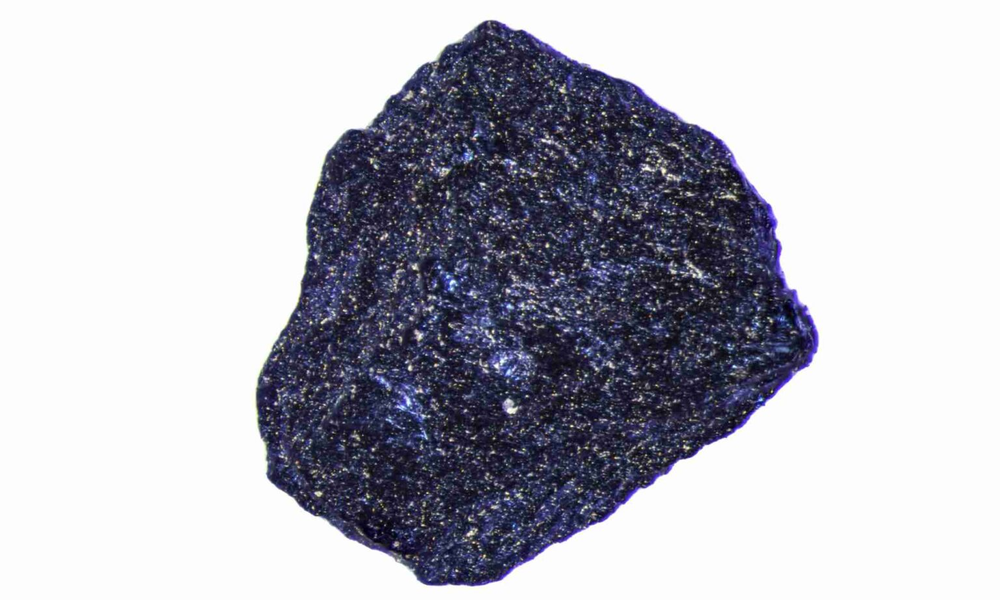Muted Response to New Claim of a Room-Temperature Superconductor
On Tuesday, when Ranga Dias announced in a talk that his team has fabricated a room-temperature superconductor, not one person uttered a word. Speaking at the APS March Meeting in Las Vegas, the University of Rochester physicist cast the claimed accomplishment as the culmination of a more-than-a-century-long hunt for the condensed-matter “holy grail”: a material that conducts electrons with zero resistance at ambient temperatures.
Physicists have long touted the technological revolutions that a room-temperature superconductor might spark, and Dias trotted out many of these, including the possibility of using such a material for nuclear fusion. He also mentioned transportation applications—superconductors cooled with liquid helium to about 5 K are already used in high-speed trains. “Do you know the movie Back to the Future?” he asked the audience (the protagonist in the film rides a levitating hoverboard, among other futuristic forms of transport). No one responded. “Those things can be possible,” he said.
During his talk, and four subsequent ones given by members of his research group, Dias and his team provided a detailed view of the material, the discovery, and the verification checks they made, which include measurements of the material’s chemical composition, structure, and optical reflectivity, a property that provides information about a material’s electronic transitions. “In the methods section of the paper, we describe how we do it […]. If anybody wants samples, we are open to the discussion of collaborating,” he later told Physics Magazine. “I think this material is very promising.”
The material in question is nitrogen-doped lutetium hydride or NLH for short. At ambient temperatures and pressure, NLH looks blue, according to a picture in Dias’ PowerPoint presentation, and, his team’s experiments show, behaves like a normal metal. Add some pressure—1 gigapascal (GPa) in this case—and NLH turns pink and starts superconducting. Compress further and the material turns red and returns to being a normal metal.
The team confirmed NLH’s superconducting properties using three experimental signatures: at the same temperature, the material’s electric resistance drops to zero, its heat capacity changes abruptly, as does its behavior in a magnetic field—a property known as magnetic susceptibility. The findings were published yesterday in Nature [1].
Dias’ material belongs to a family of hydrogen-rich materials that theory predicts should superconduct. Physicists have made several such hydrides including a sulfur hydride that superconducts up to 203 K and a lanthanum hydride that superconducts up to 250 K. To superconduct, both materials need to be made and stored at pressures higher than those in the bottom of Earth’s mantle (155 GPa and 170 GPa, respectively). So, with its superconducting temperature of 294 K and its pressure requirement of only 1 GPa, lutetium hydride would be the closest that physicists have gotten to a material that superconducts at ambient conditions. (This pressure is 10 times lower than that used to produce synthetic diamond and easily obtainable in the lab.)
For such a claim, one might expect jubilation and animated questions, but the audience’s response was hesitant—a few people politely asked technical questions, such as how well Dias’ team could control the amount of nitrogen in the sample. There was no whooping or cheering. The audience had been here before.
In 2020, Dias’ team announced in a paper in Nature that they had created a material, carbonaceous sulfur hydride, that superconducted at 287 K and 267 GPa [2]. Researchers and news outlets lauded the finding, but the paper was retracted two years later after outside researchers found oddities in the results (see News Feature: Allegations of Scientific Misconduct Mount as Physicist Makes His Biggest Claim Yet). Dias and his team disagree with the retraction, saying that their findings are solid. Hiranya Pasan, one of Dias’ current graduate students, told Physics Magazine that the team has reproduced that 2020 result, making superconducting carbonaceous sulfur hydride as recently as a few months ago. But the community is still wary.
Another part of that wariness arises because, to date, no one has independently reproduced Dias’ team’s results. This lack of verification was raised by Jorge Hirsch of the University of California, San Diego, in the last talk of the session in which Dias and his team spoke. Hirsch argued that those claiming to have created high-temperature superconducting hydrides suffered from “confirmation bias,” cherry-picking evidence to support their agenda. (Hirsch has been an outspoken critic of Dias’ work.) As the last question of the session, Dias asked Hirsch, “Could you also have confirmation bias?” “Maybe,” Hirsch replied.
After the session, a few attending researchers—all collaborators of Dias—spoke with Physics Magazine, telling us that they disagreed with Hirsch’s cherry-picking conclusion. One of them, Russell Hemley of the University of Illinois Chicago confirmed Pasan’s claim that they have replicated the 2020 carbonaceous sulfur hydride—as reported in an arXiv paper that the team recently posted [3].
Dias’ group still needs to more precisely characterize NLH’s chemical composition, Pasan said. The samples also appear to consist of two phases, an observation that they need to investigate. Ultimately, they plan to innovate upon this material to create a superconductor at ambient pressure and temperature conditions, a goal that Pasan said he thinks is feasible. But extraordinary claims require extraordinary evidence, and the community has much of the latter still to gather.
–Sophia Chen
Sophia Chen is a freelance science writer based in Columbus, Ohio.
References
- N. Dasenbrock-Gammon et al., “Evidence of near-ambient superconductivity in a N-doped lutetium hydride,” Nature 615, 244 (2023).
- E. Snider et al., “RETRACTED ARTICLE: Room-temperature superconductivity in a carbonaceous sulfur hydride,” Nature 586, 373 (2020).
- H. Pasan et al., “Observation of conventional near room temperature superconductivity in carbonaceous sulfur hydride,” (2023) arXiv:2302.08622v2.





